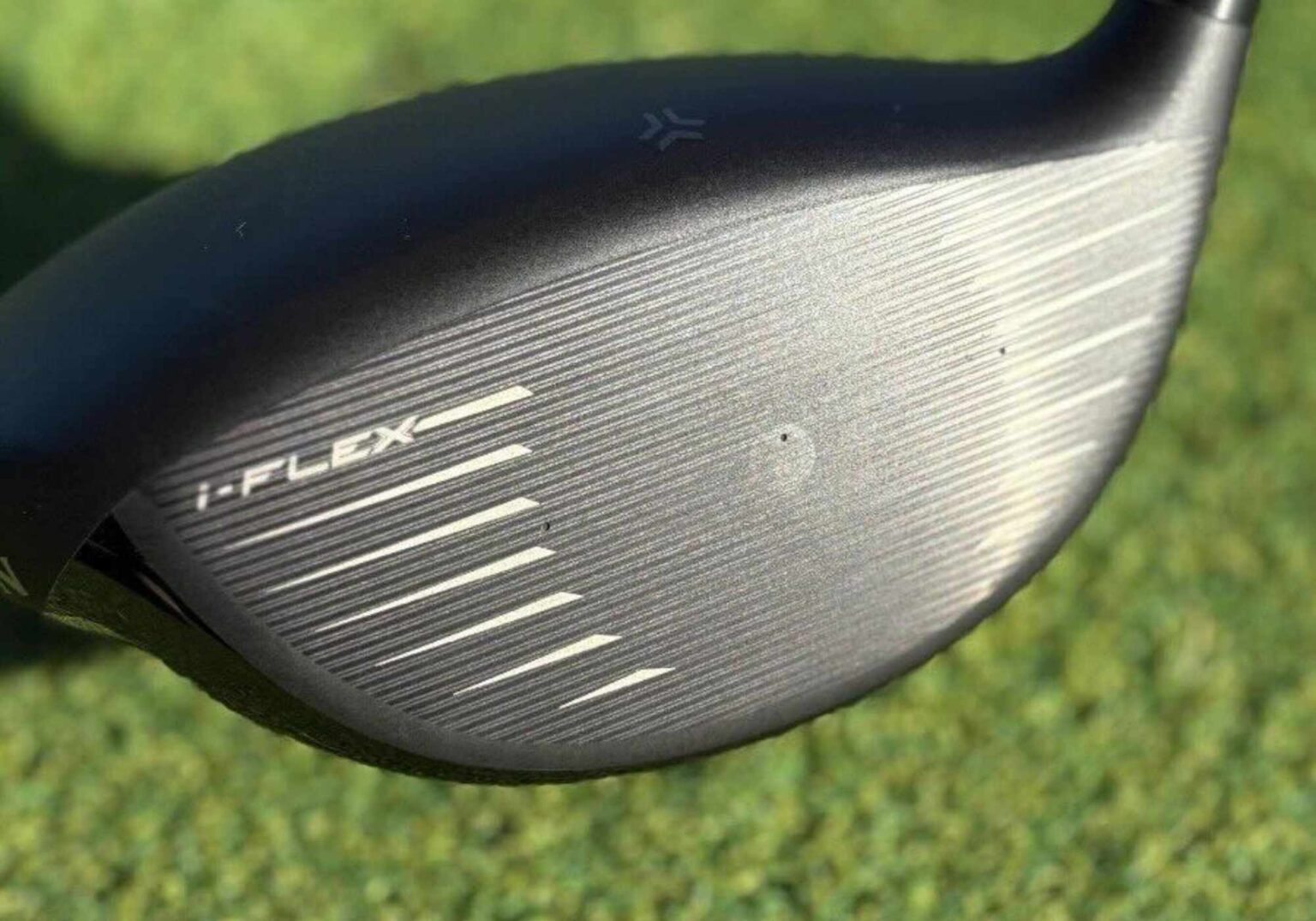Diagnosing Driver Problems: Insights for Better Performance on the Course
Hey there, golf enthusiasts! If you’ve ever felt that your driver isn’t quite hitting the mark, you’re not alone. Whether you’re a weekend warrior or a seasoned pro, finding the right equipment is crucial for nailing those drives. And here’s the kicker: it’s not just about the clubhead. Your driver shaft plays a vital role in your performance. In this guide, we’ll unpack the signs that indicate your driver might be mismatched to your swing speed, and why getting properly fitted can make all the difference.
1. Understanding Your Launch Angle
First things first, let’s talk about launch angle. If it’s too high or too low, it can seriously throw off your game. A launch monitor is your best buddy here. It gives you quick feedback on whether you’re in the optimal range for your swing speed. So, what’s the ideal launch angle? According to TrackMan, here’s the breakdown:
- 105+ mph: 10–16 degrees
- 97–104 mph: 12–16 degrees
- 84–96 mph: 13–16 degrees
- <84 mph: 14–17 degrees
If your launch angle strays far from these figures, you might need to rethink your driver setup.
2. Spin Rates: Finding the Sweet Spot
While you’re diving into launch angles, don’t forget about spin rates. These babies impact both your trajectory and distance. Here’s a quick snapshot of optimal spin rates per swing speed:
- Very Fast (105+ mph): 1750–2300 RPM
- Fast (97–104 mph): 2000–2500 RPM
- Average (84–96 mph): 2400–2700 RPM
- Slow (<84 mph): 2600–3100 RPM
If your spin rates are way out of whack—too high or too low—you might find yourself battling ballooning drives or struggling to get the elevation you need.
3. The Consistency Struggle
Ever hit a great shot and then follow it up with a total miss? Consistency is key, and if you can’t keep the ball in play even on solid swings, your driver might be letting you down. In our 2025 testing, we looked at the most forgiving drivers:
- High Swing Speed (105+ mph): Srixon ZXi Max
- Mid Swing Speed (90–105 mph): PING G430 Max 10K
- Low Swing Speed (<90 mph): Sub 70 859 Pro
If you’re feeling like you’re not consistently hitting the mark, it might be time to give one of these a whirl!
4. Center of the Face: Aiming for Sweet Spot Strikes
Finding the sweet spot consistently can be a game-changer. If you’re struggling to make center-face contact, try using impact tape to see where you’re hitting the ball. Common issues can range from poor tempo to inconsistent ball positioning.
But sometimes, it’s the club itself holding you back:
- A longer driver makes it tougher to connect.
- A shaft that’s too stiff or soft can mess with your timing.
- The shape of the clubhead impacts your confidence at address.
Getting a proper fitting can help pinpoint the problem and set you on the right track.
5. Swinging Hard or Soft? Let the Club Fit You
How many times have you felt you needed to swing harder or softer just to make it work? It’s crucial to find a driver that matches your natural tempo. According to Tom Wishon, golfers vary greatly in the force and speed of their transitions. If you feel like you’re holding back or over-swinging, that’s a red flag that your club may not suit your style.
6. Dispersion Patterns Tell the Tale
During our driver tests, we discovered some drivers gave impressive distance but performed poorly in accuracy. If you’re finding that your dispersion pattern is wide—especially when you’re confident in your swing—then you need to evaluate your equipment.
Having a driver designed for your swing speed helps you make more centered contact and tighten your shot pattern. Here are the standout drivers for accuracy:
- High Speed (105+ mph): PING G440 SFT
- Mid Speed (90–105 mph): Callaway Elyte Triple Diamond
- Low Speed (<90 mph): PING G440 SFT
These clubs offer both control and distance, making them a solid choice for players seeking consistency on the course.
7. Performance Overview: Trust the Testing
So, we’ve talked about launch angles, spin rates, and dispersion patterns—now let’s take a step back. It’s vital to assess your performance regularly. If you hit any of the signs we discussed, it might be time to reconsider your driver setup. Professional fittings aren’t just a luxury—they’re a necessity for optimizing your game.
8. Final Thoughts: Don’t Let Your Driver Hold You Back
At the end of the day, your driver should amplify your performance, not hinder it. If you relate to any of the signs mentioned here, it’s time to take action. Reassessing your equipment via a professional fitting can uncover mismatches that are limiting your potential.
9. Finding the Right Driver for Your Swing Speed
Want a recap of the best drivers suited for your swing speed? Check out these links for more details:
10. Game On!
So, there you have it! Understanding the signs that your driver isn’t quite right for your swing speed can significantly improve your golf game. Pay attention to your launch angle, spin rates, and consistency. Don’t settle for underperformance—unlock your potential by finding the right driver for you. Happy swinging!
